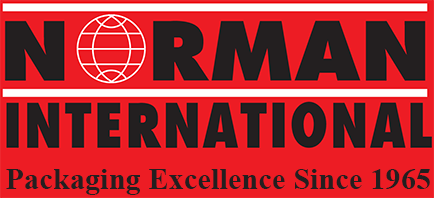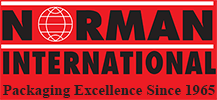As a member of the IATA, ICAO, and IMO, the United States is required to comply with several regulations that govern the usage, storage, disposal, and transport of dangerous goods. Experts generally agree on nine classes of dangerous goods, which range from explosives to miscellaneous goods. HAZMAT shipping supplies are needed to store and transport many of these items. We describe some of these classes below.
Explosives. These are materials that are capable of producing gases at temperatures, pressures, and rates that could result in damage to life and property through massive force, light, smoke, or sound. As a general rule, explosives have to be kept away from moisture and extreme heat. In some cases, liquid explosives are not transported at all. Examples of this category include ammunition, primers, and flares.
Gases. Gases pose serious hazards due to their toxicity, explosiveness, corrosive or oxidizing properties, or flammability. Among the materials classified as gases are compressed gases, liquefied gases, dissolved gases, and aerosols. Examples include fire extinguishers, lighters, methane, and oxygen tanks.
Flammable Liquids. Flammable liquids are handled with care due to their volatility, ability to catch fire, and the potential damage that they could cause if a fire spreads easily. This class of hazardous material includes tars, resins, oils, alcohols, adhesives, paints, fuels, and petroleum-based products.
Flammable Solids. Like flammable liquids, flammable solids have to be kept away from open flames. In some cases, they also have to be stored separately from water and other liquids. Alkali metals and certain metal powders, for example, react rapidly with water, producing fire. This class includes phosphorus, sodium-based batteries, matches, sulfur, naphthalene, and activated carbon.
Oxidizers. While oxidizers do not directly cause fire, this class yields oxygen at a rapid rate, contributing to combustion while emitting heat. Many oxidizing compounds react dangerously with other substances, including human skin and flesh, and thus have to be stored away from people. This class includes nitrates, chlorates, nitrites, and certain fertilizers.
Toxic and Infectious Substances. These substances can pose significant health risks to animals and humans upon contact. Examples of this class are clinical waste, medical cultures, tear gas, compounds containing lead, mercury, cyanide, antimony, selenium, and acids.
Corrosive Substances. Members of this class cause the degradation or disintegration of other materials through chemical reactions upon contact. This class includes acids, some paints, iodine, bromine, sulfides, fluorides, and certain base substances.
Care must be taken to store and transport these hazardous materials using proper HAZMAT shipping supplies. For example, paint has to be stored in specially lined metal cans, while acids and other corrosives have to be stored in spill-proof plastic bottles or containers. The proper sealing and shockproofing techniques have to be followed as well, as any leakage could prove to be fatal to the vehicle and passengers alike.
Norman International produces and sells a range of HAZMAT shipping supplies for many classes of dangerous goods and hazardous materials. Our products are compliant with all major regulating codes and have been proven to be safe and leak-proof when used and sealed properly. To inquire about our product line, send us a message or call us at 800.289.8644.

